Your Favorite Posts from 2016
As I sat down to plan what to write about this coming year here at Our Journey Westward, I took a peek to see what your favorite posts of 2016 were. As you’ll see below, it’s pretty clear you like living literature and creative teaching ideas. And, since I love those things, too, I’m happy to oblige you with more in the year ahead!
Your Favorite Posts from 2016
#12
“Considering God’s Creation has been the spine curriculum for our 6th grade human body study. As always, I added a few things here and there to amp things up a notch. So, besides the {wonderful} notebooking pages that come with Considering God’s Creation, we did the activities and worksheets below, too.”
#11
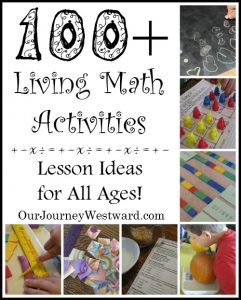
“I’ve been touting the benefits of living math for quite some time now. Why? Because living math makes sense to kids. It builds concrete understanding of abstract concepts. It touches real-life, giving math meaning and purpose. And, it’s fun!
To make your life (and mine) easier, I decided to pull together a giant list of fabulous living math activities from all over the internet. Grab one anytime you need a little inspiration! I’ve attempted to compile the activities into appropriate grade levels. You will find, however, that several of the lessons can be used with older or younger children. (That’s another beauty of living math – it’s ability to span multiple ages!)”
#10
“Our time spent learning about pioneers and the Westward Expansion was so full, fun and meaningful. As with most of our unit studies, this one was very literature-rich and included a healthy portion of project-based learning.
After several weeks of fun activities, field trips and daily lessons, we finished off our Westward Expansion unit with a “project week”. At the end of most of our units, I prepare a list of projects for my children to choose and complete. Each project requires a fair amount of research and assimilating the information into a something that is presented to the family at the end of the week.”
#9
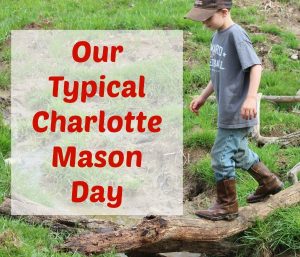
“What does a typical day in a Charlotte Mason homeschool look like? Truthfully, it will look different for each family! While there are important aspects that should be included in a true Charlotte Mason homeschool, the way you work those in should always fit your preferences and lifestyle.
Today, I’m sharing the typical daily pattern our family has fallen into that has worked really well for a number of years now.”
#8
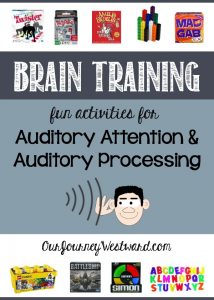
“Does your child seem to have, um, selective hearing? You tell him (or her) to do this or that and you’re very lucky if one little smidgen of it gets done? Yeah, that can be infuriating to a momma. Ask me how I know.
It turns out that there can be an honest-to-goodness reason and maybe, just maybe, he really isn’t ignoring you.”
#7
“You can find a bazillion non-fiction books describing each state on the shelves of your local library. While we will read some of those, my intention is to enjoy living biographies or historical fiction appropriate for middle elementary as well. Those are a tad harder to find since they often aren’t cataloged by the state they represent which is why I’ve pulled them together in a handy list. You’ll even notice some of them are easy readers that my little guy might even be able to read himself this year.”
#6
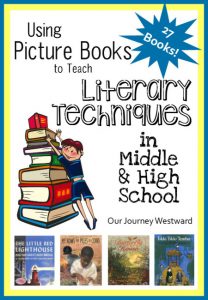
“Don’t be confused. Literary techniques are not the same as literary elements. Both are important in writing! I like to think of literary elements as the building blocks of a story, while literary techniques use words artistically.”
#5
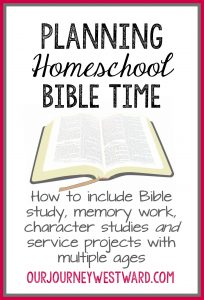
“We homeschool for many reasons, but one of them is more important than all of the others combined. It’s our desire to pass on a bold Christian faith that finds our children seeking God with all their hearts and sharing Him with others from here to eternity.
While I know it’s God who does the work in my children (Phil. 1:6), I also know He called us to teach my them about Him and His ways (Prov. 22:6.) My husband and I don’t pretend for one minute to have all the answers to training little or big soldiers for God’s army. We have tried, though, to be pretty consistent with a plan of action and that’s what I’d like to share with you today.”
#4
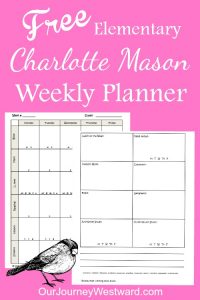
“While I’m super excited about Caleb’s new planner for independent high school learning, I need something to keep me on task with our Charlotte Mason style of homeschooling for my 2nd grader. Something that “forces” me to remember things like poetry recitation, narration of various subjects, and memory verse practice.”
#3
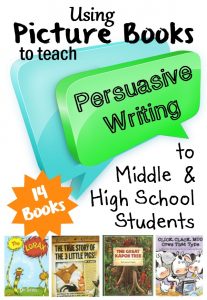
“Most persuasive writing has at least these five key parts:
- A hook to grab the reader’s attention. (Common in all forms of writing.)
- A thesis in which the writer states his belief about the topic.
- Supporting arguments to convince the reader that the thesis is correct.
- Counter arguments which offer answers to potential objections. (Not always necessary.)
- A conclusion that restates the thesis.
Each of these picture books uniquely shares a style of persuasive writing that can help your student(s) fine tune their own writing.”
#2
Using Picture Books to Teach Narrative Writing
“There are several ways to use picture books to teach narratives, but essentially all of them follow the same general principles.
In the end, you have a narrative that has at least grown in the use of the elements you focused on during your mini-lesson. Next time, you can focus on a new elements and slowly, but surely, build a writer’s toolbox that will last a lifetime!”
#1
“Finally, be strong in the Lord and in his mighty power. Put on the full armor of God, so that you can take your stand against the devil’s schemes. For our struggle is not against flesh and blood, but against the rulers, against the authorities, against the powers of this dark world and against the spiritual forces of evil in the heavenly realms. Therefore put on the full armor of God, so that when the day of evil comes, you may be able to stand your ground, and after you have done everything, to stand. Stand firm then, with the belt of truth buckled around your waist, with the breastplate of righteousness in place, and with your feet fitted with the readiness that comes from the gospel of peace. In addition to all this, take up the shield of faith, with which you can extinguish all the flaming arrows of the evil one. Take the helmet of salvation and the sword of the Spirit, which is the word of God.” Galatians 6:10-17
____________________________________________________
I would LOVE to hear what types of posts you’d like to see from me in the future! Please leave a comment to let me know.
This post has been linked to:
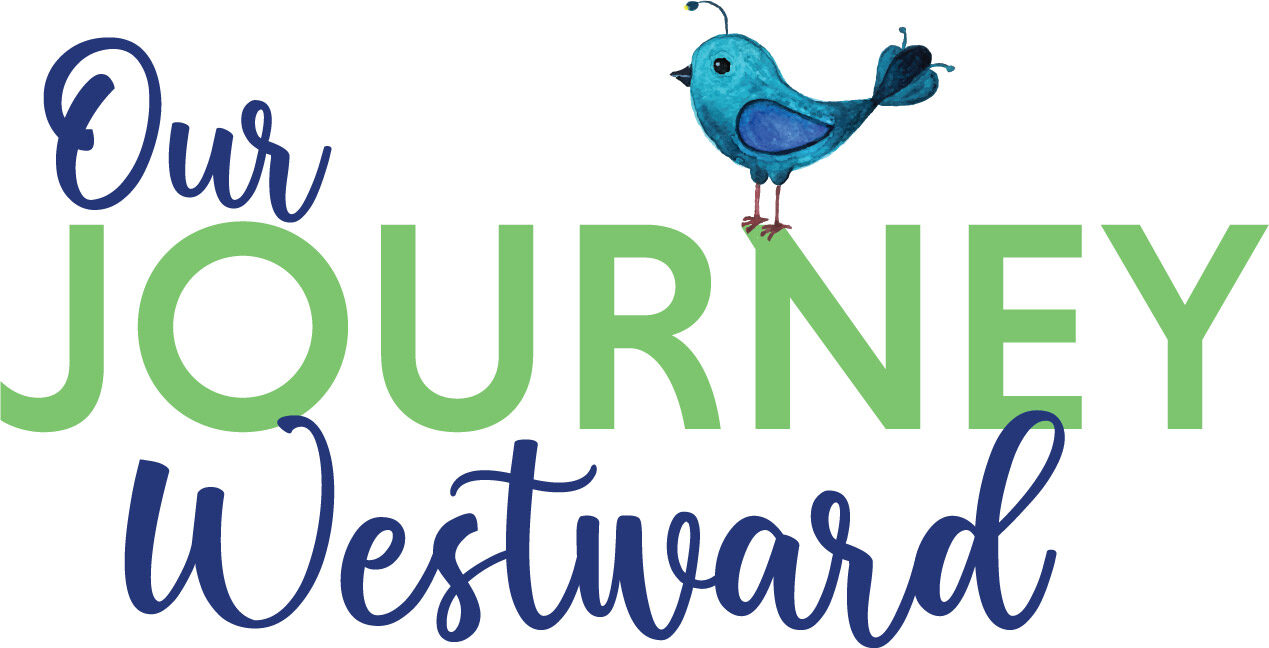
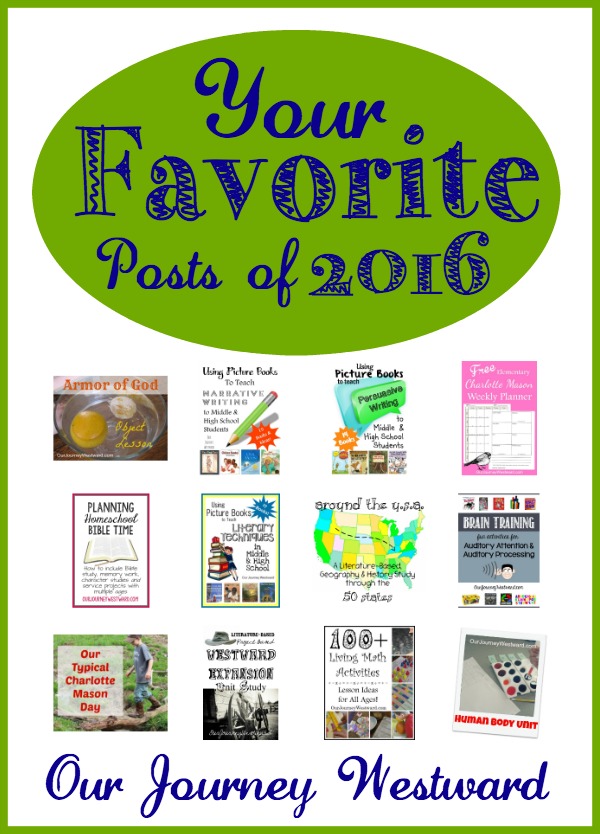
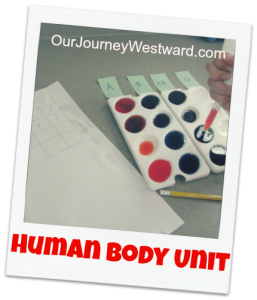
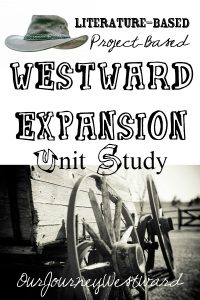

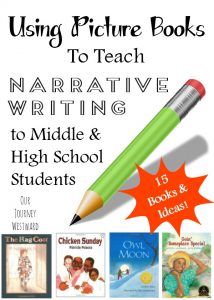
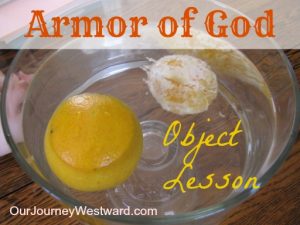

I would love a post about the transition that homeschooling moms go through when the first child not only graduates, but then starts their “adult” life. What transitions you experience when the graduate still lives at home for a year (or more), if they move away to college, or have a YWAM adventure. 🙂 Thanks!!! Love your heart and your perspective!